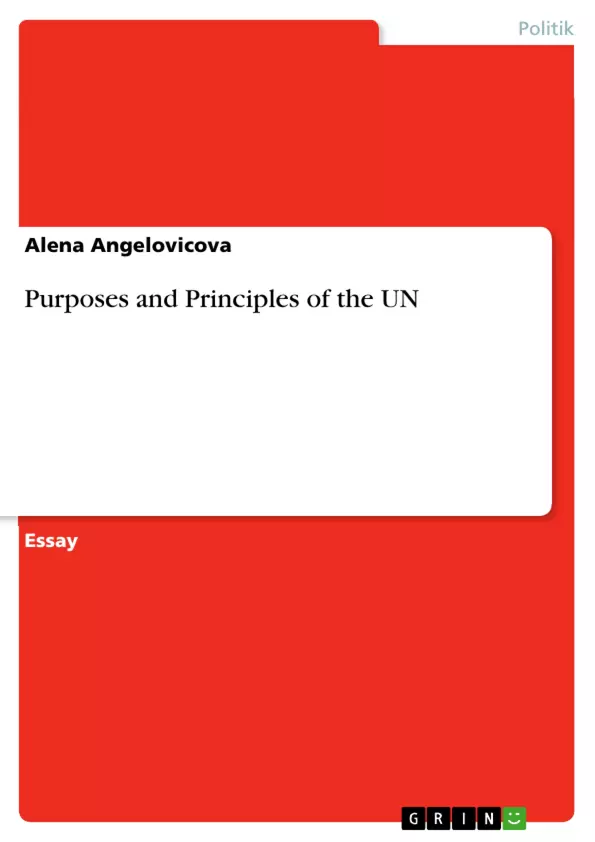The aim of this essay is to outline and examine the purposes and the principles of the United Nations Organisation (hereinafter the UN) and assess the effectiveness of its principal organs. The idea of the UN as a successor of League of Nations (hereinafter LN) was presented during the Second World War. The failure of LN, presented by the outbreak of Second World War, was the main impulse to create the international organisation capable of ensuring international peace and cooperation between all states of the international community.
Bientôt vous trouverez ici un extrait.
Fin de l'extrait de 16 pages
- haut de page
- Citation du texte
- Alena Angelovicova (Auteur), 2009, Purposes and Principles of the UN, Munich, GRIN Verlag, https://www.grin.com/document/129351
Lire l'ebook



